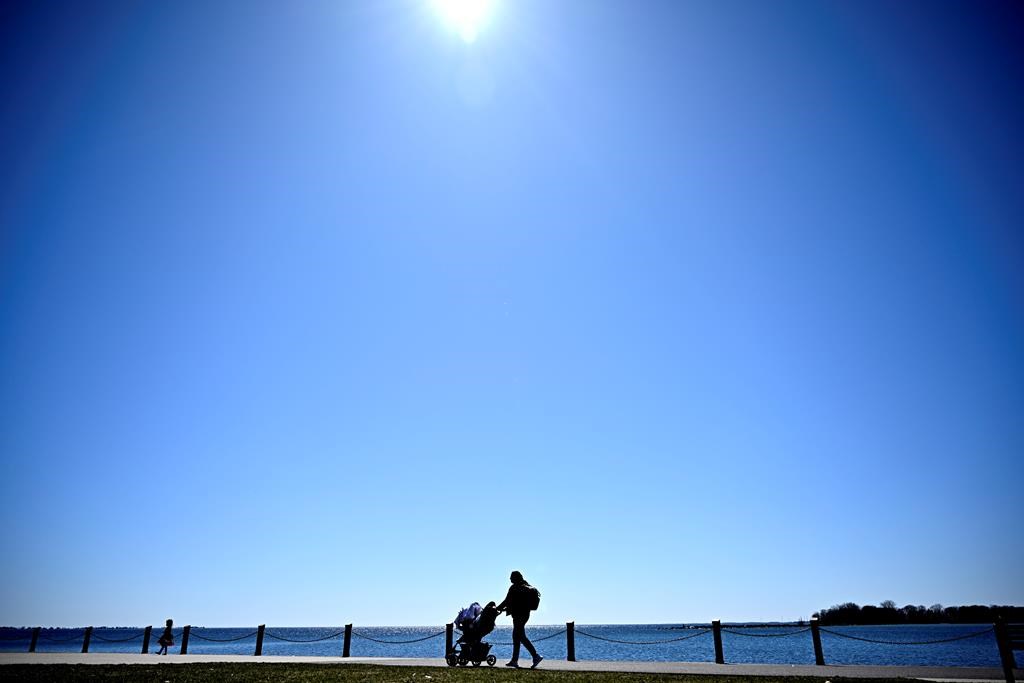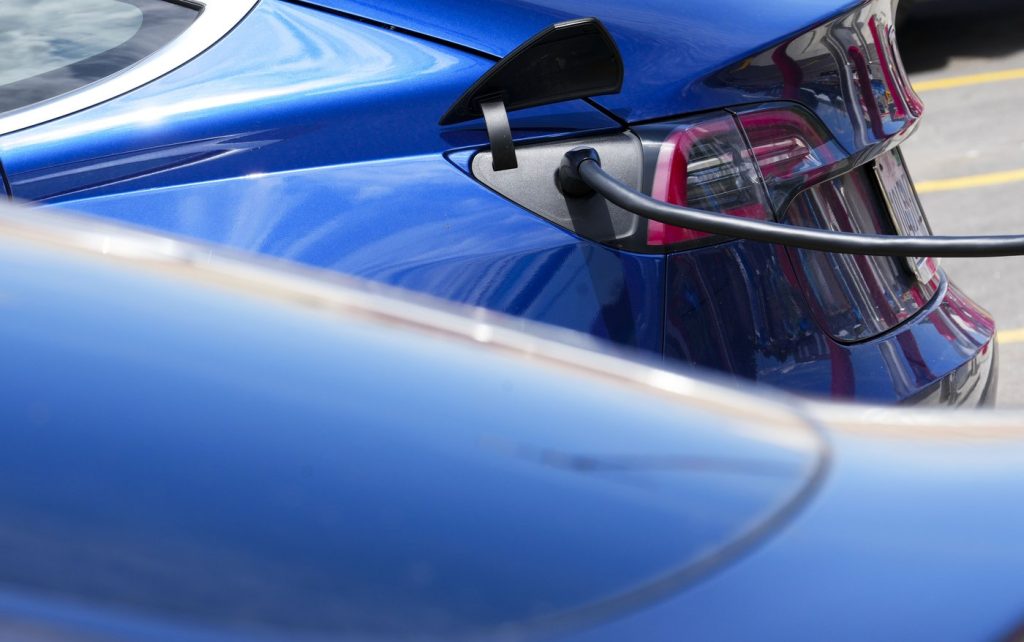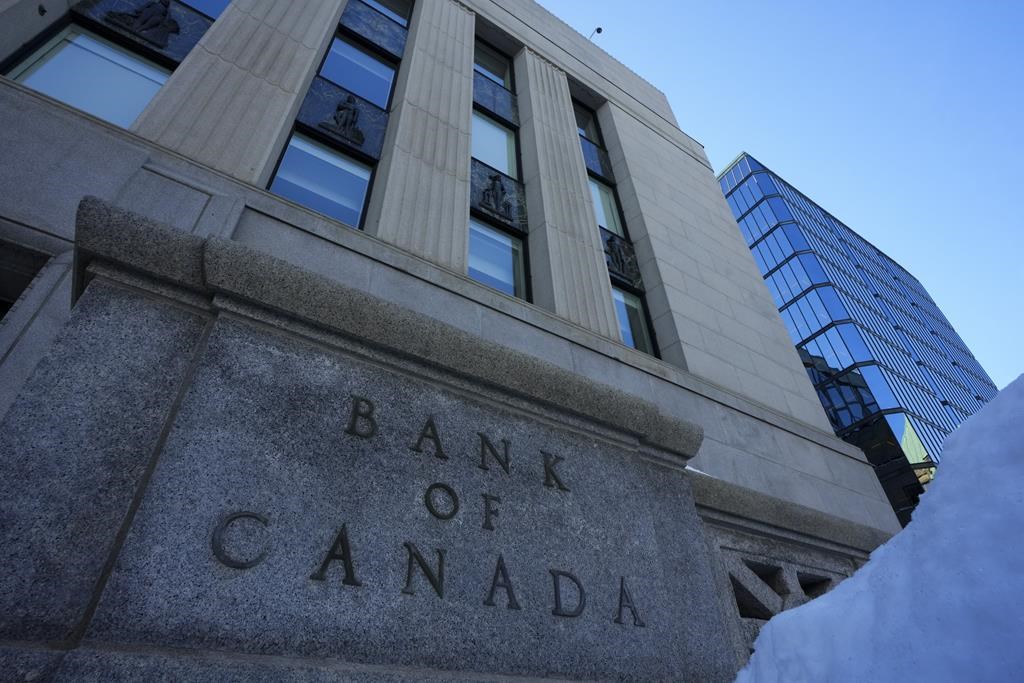A total solar eclipse is set to fall over parts of eastern and central Canada today, prompting massive crowds to gather in its path for a chance to catch a glimpse of the rare celestial event.
The path of totality, where the sun goes directly behind the moon, will first cross through southwestern Ontario around 3:15 p.m. and move east through Quebec and Atlantic Canada before exiting Newfoundland around 3:45 p.m. eastern time.
Cities and towns along the path have braced for their populations to swell with eclipse chasers, with Ontario’s Niagara region declaring a preemptive state of emergency.
But with cloudy skies in the forecast for parts of southern Ontario, some may shift their viewing plans towards areas where clearer skies are expected, including Quebec to the east or the U.S. border to the west.
While the next total solar eclipse in Canada is expected to pass through western provinces in 20 years, the phenomenon only happens in any given location roughly once every 360 years by some estimates.
Much of Canada will still be able to witness a partial eclipse.
Brian Rogers said he travelled with his wife Mandy and their children from the United States to Niagara Falls, Ont., to view the solar eclipse.
“We saw totality in Georgia about five years ago and we wanted to see it again,” Rogers said. “We came here because we could see the falls in totality.”
Rogers said he and his family are happy they will be able to experience the eclipse again after they viewed it together in the United States in 2017.
“It was kind of surreal because all the crickets and animals around us started making night noises, and that was pretty neat,” he said. “They were confused about the situation.”
Those gathered along the path of totality, ranging from 164 to 196 kilometres wide, will get the full show — weather permitting.
As the total eclipse approaches, the sky will darken and wildlife may go silent as if nighttime nears.
Temperatures will dip and the winds may even start to change. The moon’s shadow will start to creep up on the landscape to the west. Shadow bands may be visible on the ground, which some have described as resembling waves of light on the bottom of a swimming pool.
And then, in a shared moment of awe, eclipse watchers will see the sun move directly behind the moon. The sun’s brilliant white corona — its outer atmosphere — will circle the black disc of the moon.
This celestial dance, in which the moon, the sun and the Earth align, is possible thanks to some miraculous stage setting. The moon is about 400 times smaller than the sun, but it’s also about 400 times closer to the Earth — making both appear to be the same size in the sky.
Total solar eclipses have been central to some major scientific breakthroughs. Helium was detected for the first time during an 1868 eclipse, and observations made during one in 1919 helped establish broad support for Albert Einstein’s general theory of relativity.
Experts say it’s important to don special eye protection for eclipse watching. Regular sunglasses will not do the trick.
Prime Minister Justin Trudeau made his own plea for Canadians to put safety first during an unrelated news conference in Montreal on Sunday.
“There’s a lot of interest in it, and the first thing is people need to remain safe and careful,” he said. “… get yourself good glasses if you can.”
Canada’s telecommunication companies have also been preparing their networks for a surge in demand in areas along the eclipse’s path. Companies said they would deploy additional infrastructure, such as portable cell towers, to certain areas to prevent possible disruptions.
This report by The Canadian Press was first published April 8, 2024.
The Canadian Press






















